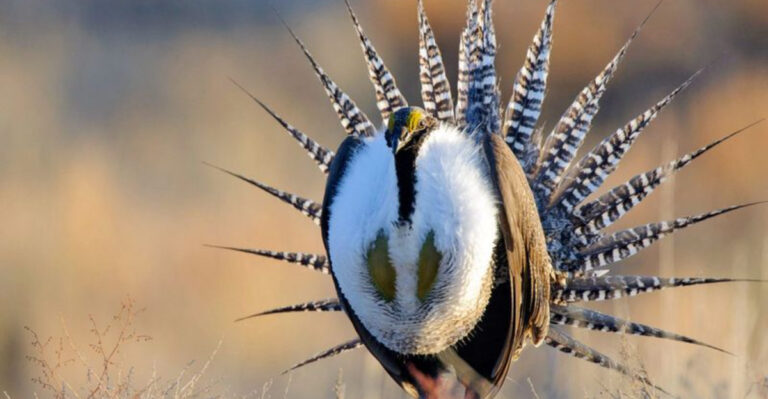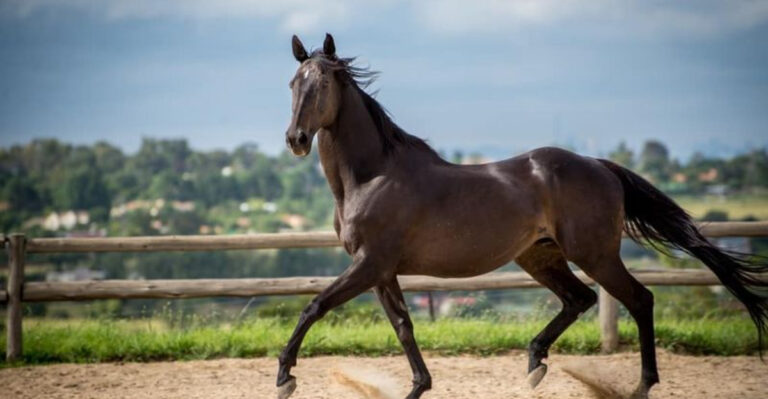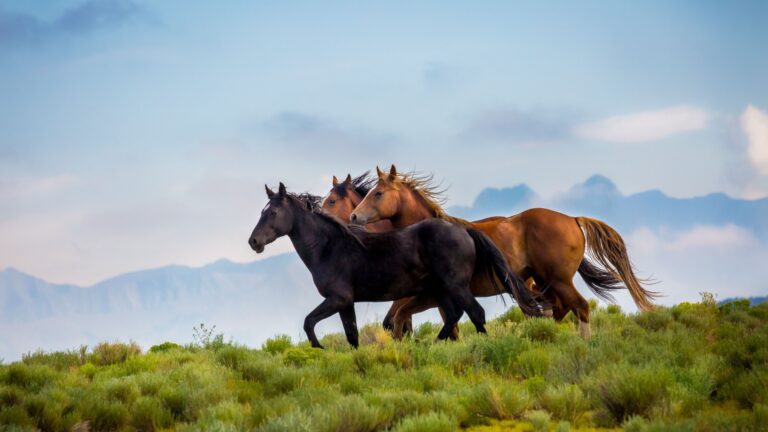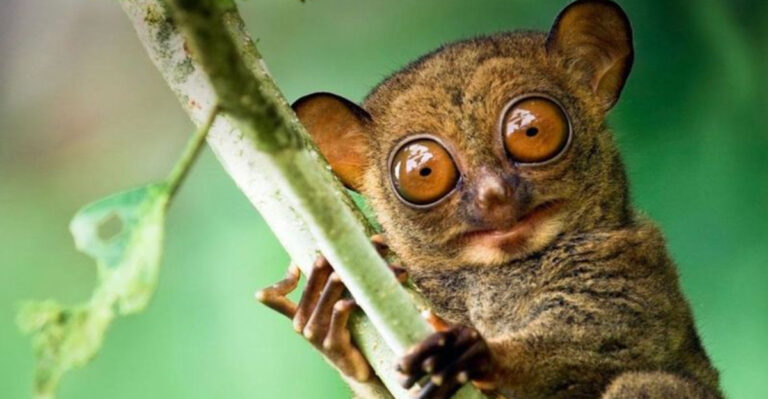Best Ducks For Egg Production (And What Sets Them Apart)
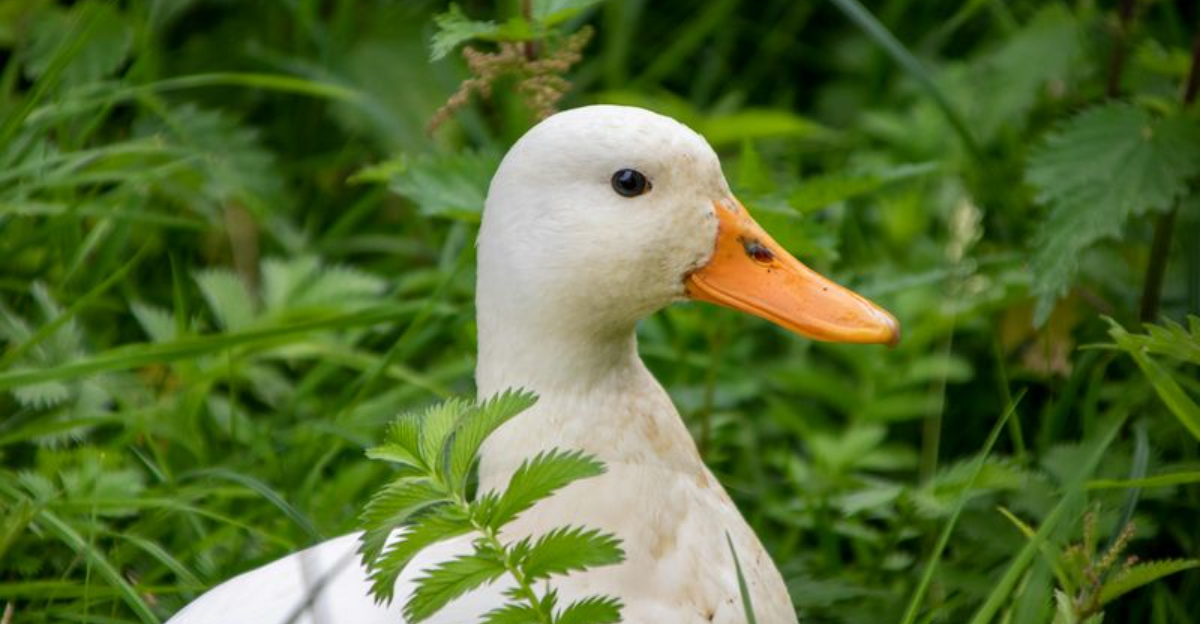
Keeping ducks for eggs can be a rewarding experience for homesteaders and backyard farmers alike. These feathered friends often outlay chickens, with some breeds producing over 300 eggs annually!
Beyond their impressive output, ducks are generally hardier than chickens, foraging enthusiastically and thriving in varied weather conditions.
1. Khaki Campbell: The Egg-Laying Champion
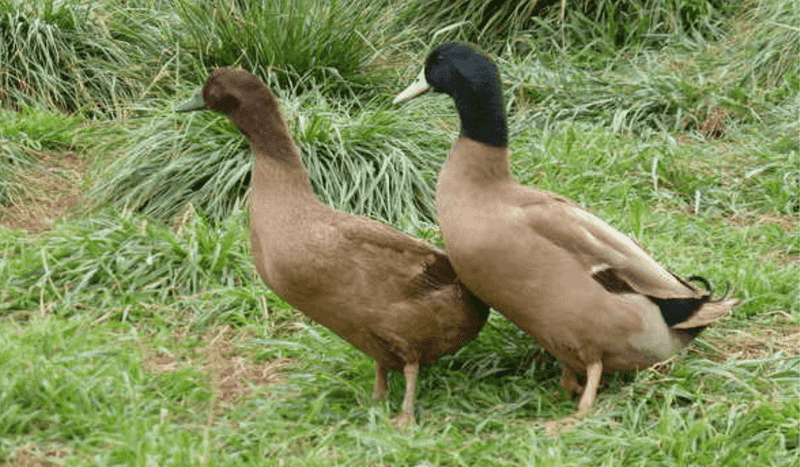
Like the marathon runner of the duck world, these light-bodied birds can lay an astonishing 300-340 eggs yearly! Their khaki-colored plumage provides excellent camouflage from predators.
Originally developed in England by crossing Mallards, Indian Runners, and Rouen ducks, they maintain their laying ability even during colder months when other breeds slow down.
2. Indian Runner: The Quirky Upright Waddler
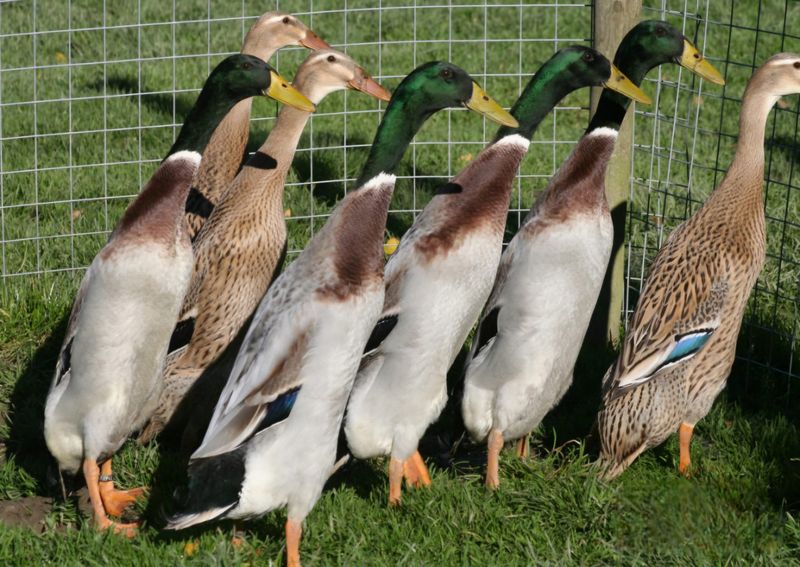
Standing tall like wine bottles with legs, these peculiar ducks don’t waddle—they run! Their upright posture and slender build make them natural foragers and excellent egg producers, delivering 250-300 eggs annually.
Historically used as pest control in rice paddies across Southeast Asia, they’re energetic workers with minimal feed requirements compared to their impressive output.
3. Welsh Harlequin: The Beautiful Multi-Tasker
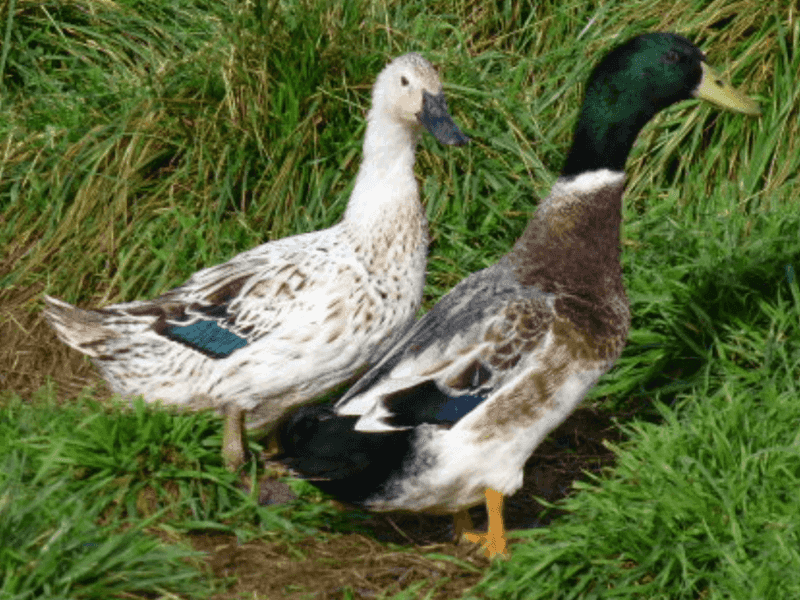
Imagine combining stunning plumage with practical benefits! These eye-catching ducks sport a gorgeous mix of cream, brown, and green feathers while consistently producing 250-300 eggs yearly.
A relatively new breed developed in the 1940s, Welsh Harlequins are quieter than most ducks, making them neighbor-friendly for suburban settings. They’re also excellent foragers, helping keep garden pests in check.
4. Golden 300 Hybrid: The Farmyard Workhorse
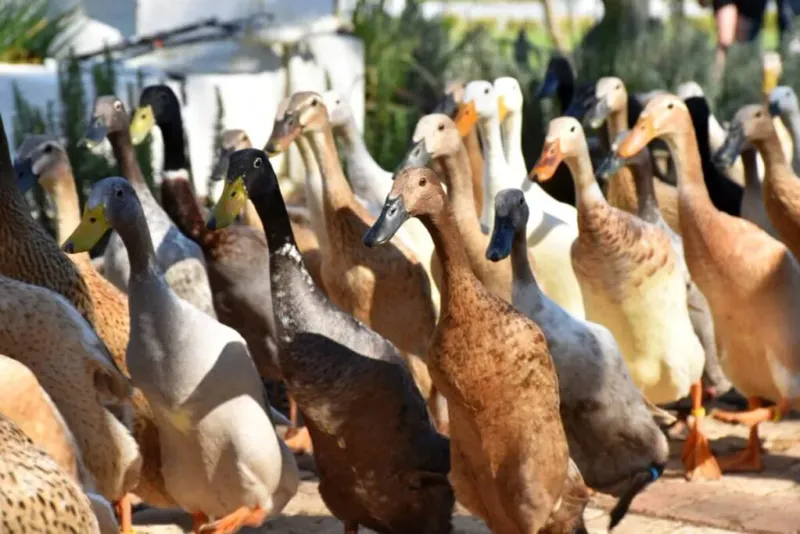
Bred specifically for egg production, these modern hybrids deliver exactly what their name promises—around 300 golden-shelled eggs annually! Their medium-sized bodies efficiently convert feed to eggs.
Unlike heritage breeds, these specialized layers reach maturity quickly, often beginning egg production at just 16-20 weeks of age. Their calm temperament makes them ideal for beginners.
5. Magpie Duck: The Striking Conservationist’s Choice
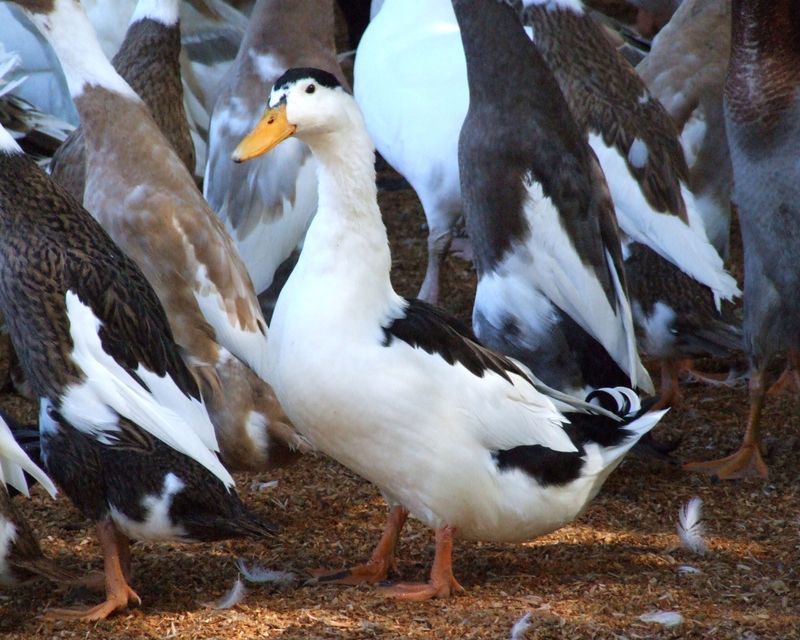
With tuxedo-like black and white plumage, these medium-sized beauties aren’t just eye-catching—they’re consistent layers producing 220-290 eggs yearly. Their distinctive markings resemble their namesake bird.
Currently listed as threatened by the Livestock Conservancy, raising Magpies helps preserve genetic diversity. They’re remarkably cold-hardy and excel at foraging, reducing feed costs for budget-conscious duck keepers.
6. Ancona Duck: The Speckled Egg Machine
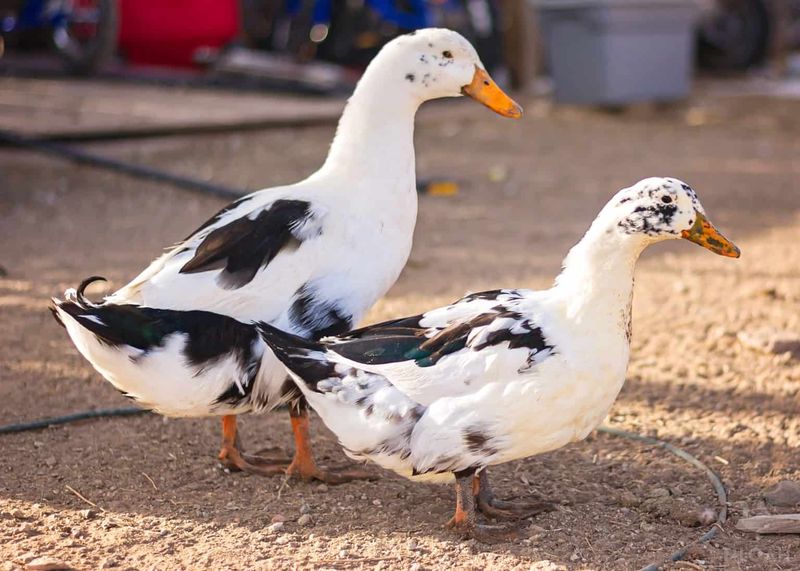
Ever seen a duck that looks like it’s been splattered with paint? These mottled beauties sport randomly patterned plumage, with no two looking exactly alike! Beyond their unique appearance, they’re reliable producers of 210-280 eggs annually.
Anconas adapt to various climates and excel at foraging. Their friendly personalities make them perfect for families with children interested in collecting fresh eggs.
7. Buff Orpington: The Gentle Giant
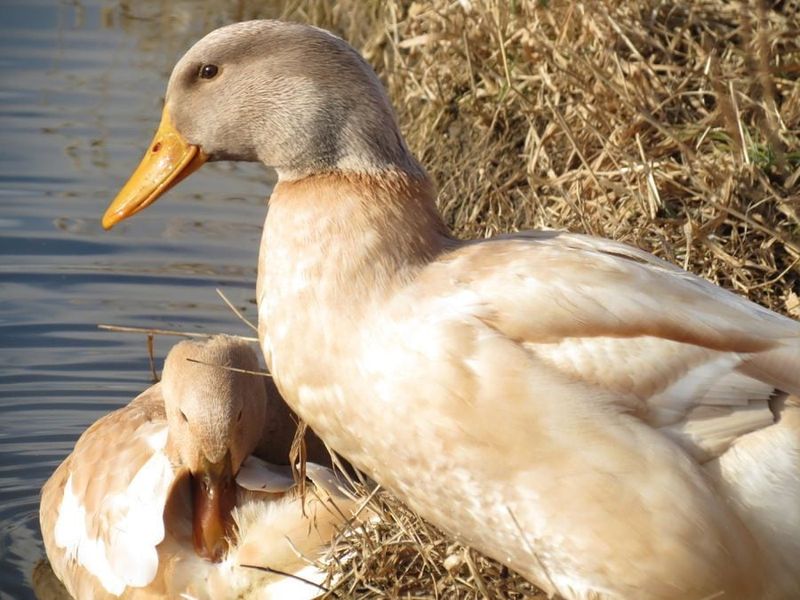
Wrapped in golden-buff feathers like a cozy sweater, these large, docile ducks combine good egg production (150-220 eggs yearly) with exceptional meat quality. Their placid nature makes them perfect for beginners.
Originally bred in England as dual-purpose birds, they’re known for their mothering instincts and willingness to brood naturally. Their thick down insulation helps them thrive even in cold climates.
8. Silver Appleyard: The Heritage Heavyweight
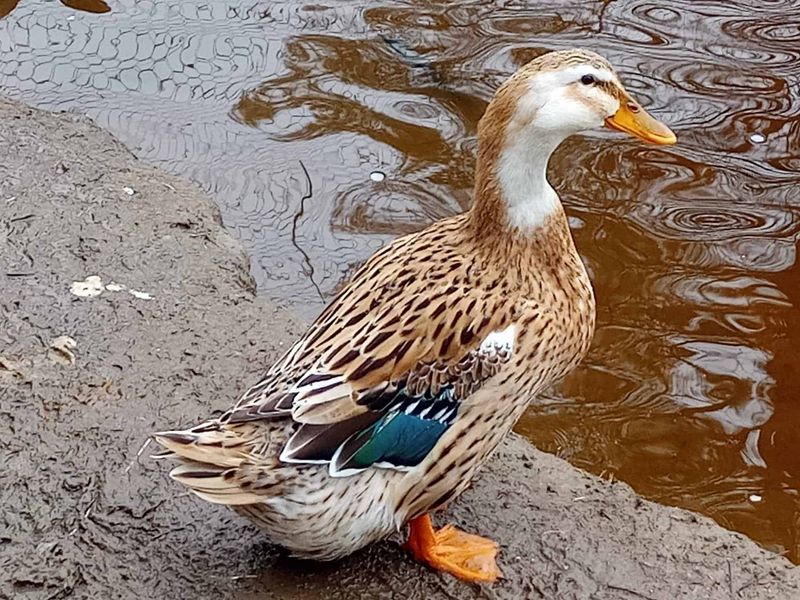
Sporting silver-gray and cream plumage with distinctive wing patches, these substantial birds offer an impressive 200-270 eggs annually while reaching market weight quickly. Talk about the best of both worlds!
Developed in England during the 1930s, this endangered heritage breed needs conservation-minded keepers. Their stunning appearance makes them showstoppers in any backyard flock.
9. Saxony Duck: The Colorful Rarity
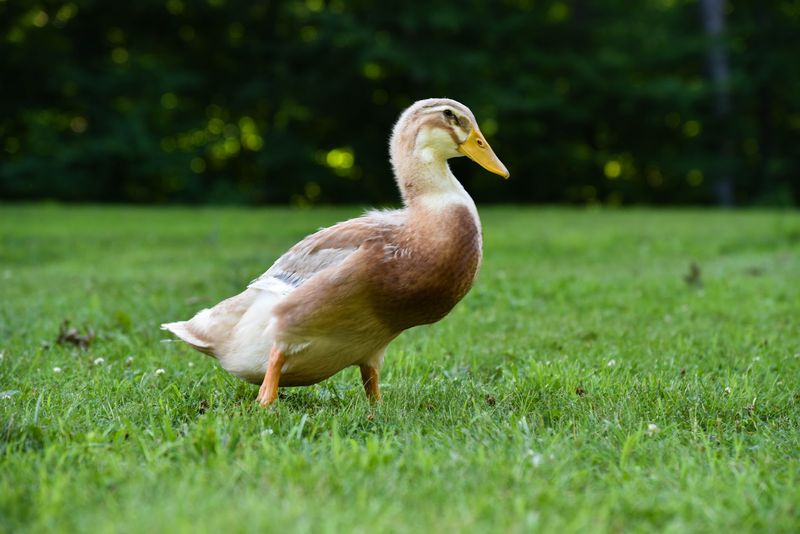
Reminiscent of a painter’s palette, these gorgeous birds display apricot bodies with gray-blue heads and white neck rings. Beyond their show-stopping looks, they produce a respectable 190-240 eggs yearly.
Nearly extinct after World War II, these German treasures combine beauty with practicality. Their larger size means they’re excellent dual-purpose birds for homesteaders wanting both eggs and occasional meat.
10. Cayuga Duck: The Iridescent Wonder
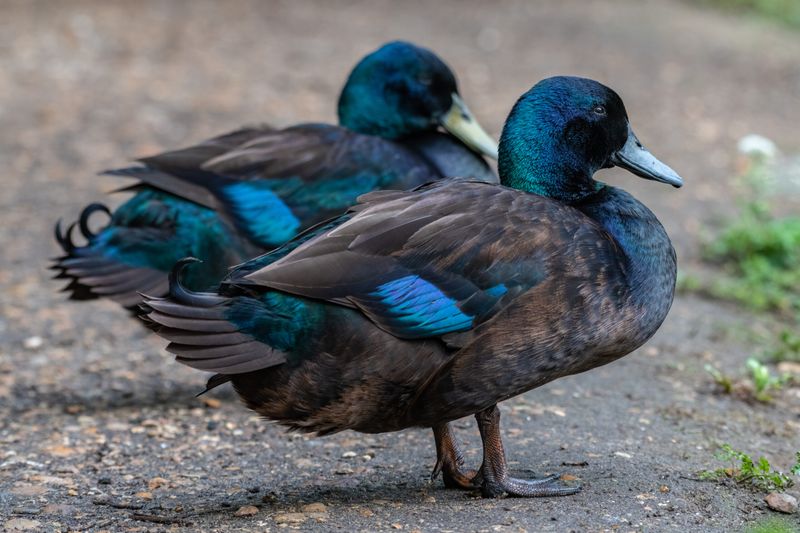
Imagine collecting eggs as dark as chocolate! These stunning black ducks with beetle-green iridescence lay 130-180 eggs annually, with early-season eggs appearing nearly black, gradually lightening throughout the year.
Named after Cayuga Lake in New York, these American heritage birds are excellent foragers. Their calm temperament and cold-hardiness make them ideal for northern climates.
11. Pekin Duck: The Beginner’s Best Friend
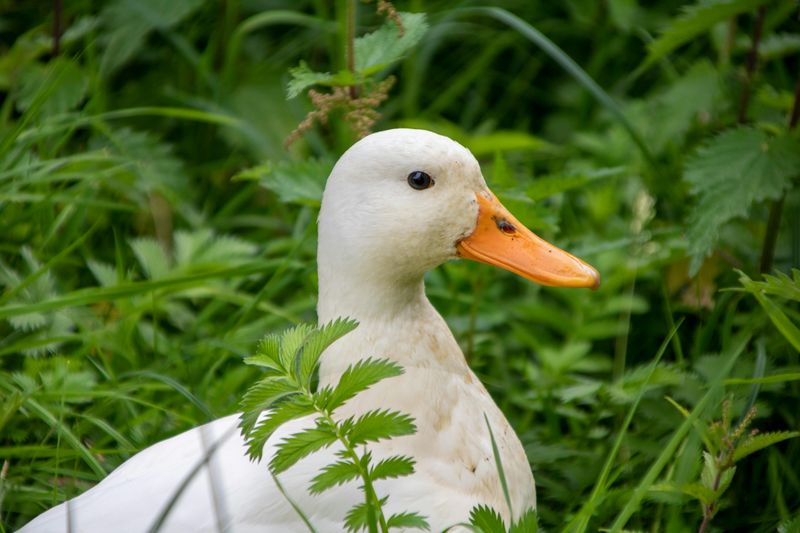
Snow-white and cartoon-cute, these familiar ducks are the breed you probably picture when thinking “duck.” While primarily raised for meat, they’re surprisingly good layers, producing 150-200 large eggs yearly.
Fast-growing and adaptable to various conditions, Pekins reach maturity quickly. Their friendly, outgoing personalities make them perfect starter ducks for families with children.
12. Rouen Duck: The Living Heritage
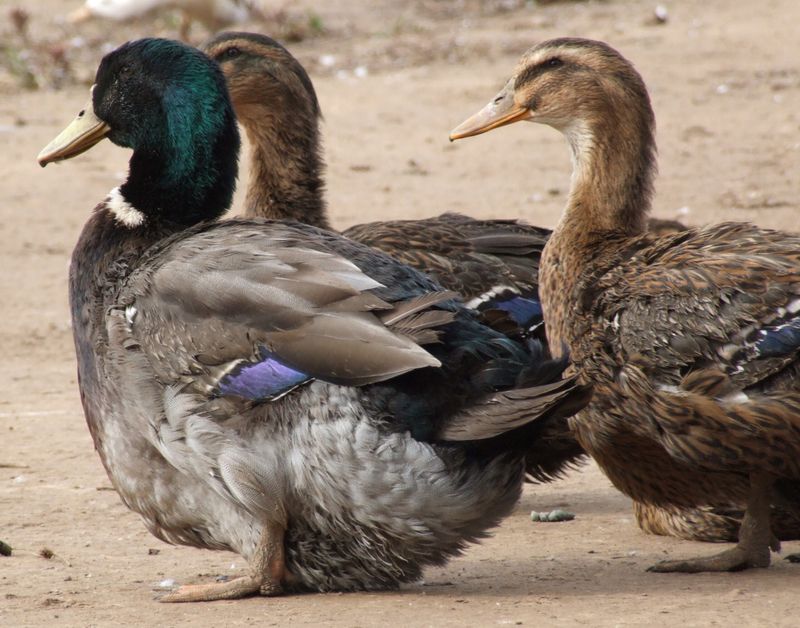
Looking like Mallards on steroids, these hefty birds wear traditional wild-type plumage while reaching twice the size of their wild cousins! They produce 140-180 eggs yearly while maintaining their historical appearance.
Dating back to medieval France, these gentle giants move slowly due to their weight, making them easy to contain. Their exceptional cold hardiness means they’ll continue laying when lighter breeds have stopped.

